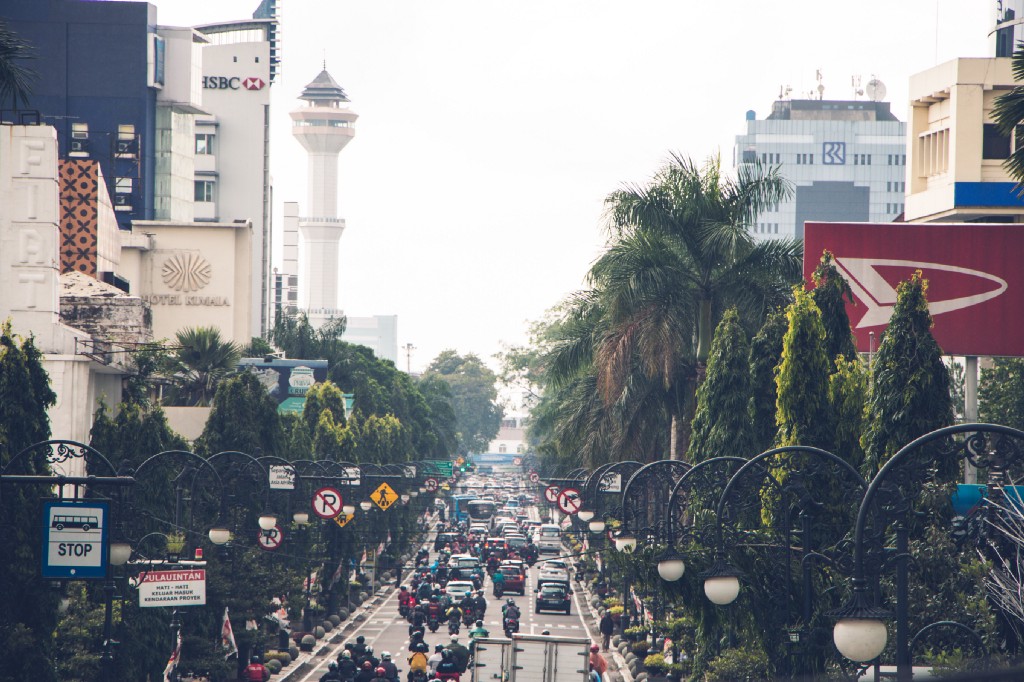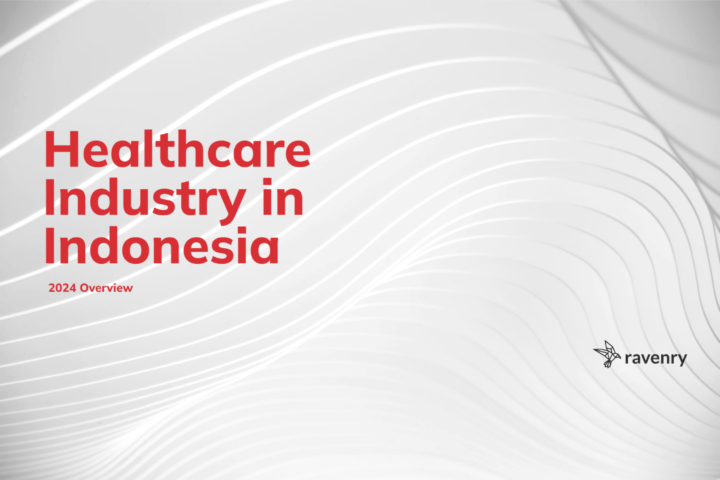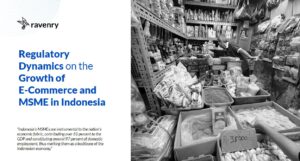In August 2019, President Joko Widodo has announced that Indonesia is moving its capital city from Jakarta to East Kalimantan. Indonesia’s new capital is going to be located somewhere in the municipalities of Kutai Kartanegara and Penajam Paser Utara in East Kalimantan (Borneo Island).
This is the fourth attempt at moving the island nation’s capital out of the overly-populated Java island since the country’s independence in 1945. In fact, Bukittinggi (in Sumatera) and Yogjakarta (in Java) have served as temporary capital cities (for security reasons) until country finally settled on Jakarta in 1950, so the country is no stranger to moving its headquarter. The cited reasons for the move are numerous from national security, closing the gap in economic growth between islands, to East Kalimantan being the geographic center of the country.
Jakarta has been struggling to meet the needs that its rapid growth has demanded. The city is smog-covered most of the year thanks to its more than 20 million motor vehicles (of which 75% are motorbikes), making it one of the most polluted cities on earth. Congestion on the roads cause people to spend an extra 53% of the length of their daily commute idling in traffic, averaging around 45 minutes per day, as infrastructure development lags vehicle ownership. This costs the nation USD 5.7 billion in productivity lost per year according to Ravenry research. While the government tries to play catch up by layering new roads onto one another, opening up new train lines, and rolling out odd-even number plate policy, improvements have been incremental.
As Indonesia is gearing towards a USD130 billion digital economy by 2025 according to the e-Conomy SEA report by Google and Temasek, pressure to support this growth is mounting. The digital economy’s contribution to overall GDP will increase from less than 4% in 2019 to more than 10% by 2025. One might wonder if the capital move (which first phase is to complete by 2025) carries some sort of a digital agenda designed to enable, if not accelerate, the country’s digital economy growth. Does Jakarta fail to represent Indonesia’s ideal smart city, which is why the country seeks to relocate its capital?
To answer this question, we need to first understand what makes a city smart. McKinsey Global Institute looks at three key layers that make up a smart city:
- The technology layer: does the city have the technology components required for that of a smart city? Is the city well equipped with internet connectivity, sensors, and open data portals?
- The application layer: is the city capable of deploying various solutions on top of its technology components? Are there supporting digital applications that take advantage of the technology layer to support new forms of products and services?
- The adoption layer: how fast and well do the citizens of these cities adopt technologies and digital applications?
How does Jakarta fare then in this smart city framework?
Let’s start with the technology layer. Out of a maximum score of 37 for the provision of connectivity, sensors and data portal, Jakarta scores 8.1. While it is understandable that this is way behind the smartest of cities (Singapore and NYC with indices of 25 and 24.4 respectively), Jakarta is still behind many of its economic equals like Bangkok (13.8) and Mumbai (8.8).
This is likely unsurprising to the city’s many residents who live with the city’s intermittent internet connectivity every day —Jakarta’s internet speed ranks second to last in Southeast Asia. Poor connectivity in turn results in a lack of connected sensors and devices. Additionally, the city’s attempt at digitizing identity cards for government services seem to have fallen short evident through rampant cases of identity theft. A lack of open data sources in the country further handicaps the city’s ability to provide potential inputs to developing new applications.
This, however, has not stopped businesses and startups from capitalising on Jakartans’ eagerness for digital solutions. The digital ecosystem is dominated by ride-hailing, fintech, and e-commerce players. While these applications are now an indispensable part of most people’s daily routines — from buying lunch to picking up gifts— most solutions are still limited to solving mobility issues.
Digital applications for healthcare, housing, government services, productivity, and utilities are still heavily lacking. Jakarta’s ability to support these solutions is hindered by the city’s poorly developed infrastructure. 40% of the sub-districts of Jakarta is still comprised of slums and many private lands are undeveloped, creating discontinuity in urbanisation efforts across the city. Flooding due to poor drainage system and poor air quality continue to threaten the health of many. And once again heavy congestion limits businesses ability to interact productively with one another and with the government. The city scores 16.5 out of a possible 55 points based on its ability to deploy digital solutions.
Despite such challenges, Jakartans are savvy digital natives. Awareness and adoption of digital solutions are comparatively high compared to residents from other cities and other neighboring countries. People in Jakarta spend around 5.5x more than those from other parts of the archipelago. The adoption of available digital applications is higher compared even to countries such as Singapore. This is likely because digital solutions provide many-fold improvements compared with current alternatives.
Severe income inequality further drives the popularity of platforms that act as market makers for people willing to offer their services in the gig economy and end consumers. Many experts have highlighted the skill traps created by these service-based platforms, which create short term economic growth with no strategic human capability investment or improvements. Regardless of the long-term cost, immediate job opportunities are too attractive to ignore by those who are not able to find better alternatives.
Despite the highly digital population, the city itself is buckling under the weight of its explosive development, its overburdened infrastructure unable to scale with the needs of its growing people. And this isn’t just metaphor: Jakarta is literally sinking due to overpopulation. For Jakarta to become a true smart city, it requires significant overhaul that might cost more than the government’s current initiative to relocate the capital to East Kalimantan.
If East Kalimantan is meant to be Indonesia’s blank slate for its future smart capital, the nation is being very serious about it. The nation has called for submissions of smart city designs that be incorporated to the new capital. The prize pool is not meagre, at USD 300,000. The nation has also agreed to commit more than USD 30 billion for the next 5 years to ensure this move is a success.
East Kalimantan could be Indonesia’s answer to all of Jakarta’s woes. Kalimantan itself is more than 4x the size of Java, and Indonesia’s slice of Kalimantan (the island is shared by Indonesia, Malaysia, and Brunei) is home to just 20 million people. Java island, on the other hand, is home to 145 million people, with a population density of around 900 people per sq km. Jakarta, which is located in Java, is more than 4x worse at 4,400 people per sq km. A far cry when compared to the roomier East Kalimantan with 30 people per sq km.
The capital move gives Jakarta a much-needed reprieve before the overburdened city bursts at its seams. It also provides Indonesia a blank slate to develop a city from the ground-up that is capable of supporting the country’s digital transformation, and its increasingly sophisticated needs. It will be a first-of-its-kind attempt at developing a smart capital city in Indonesia and, if done right, could usher in a new era of smart cities all across the nation.








